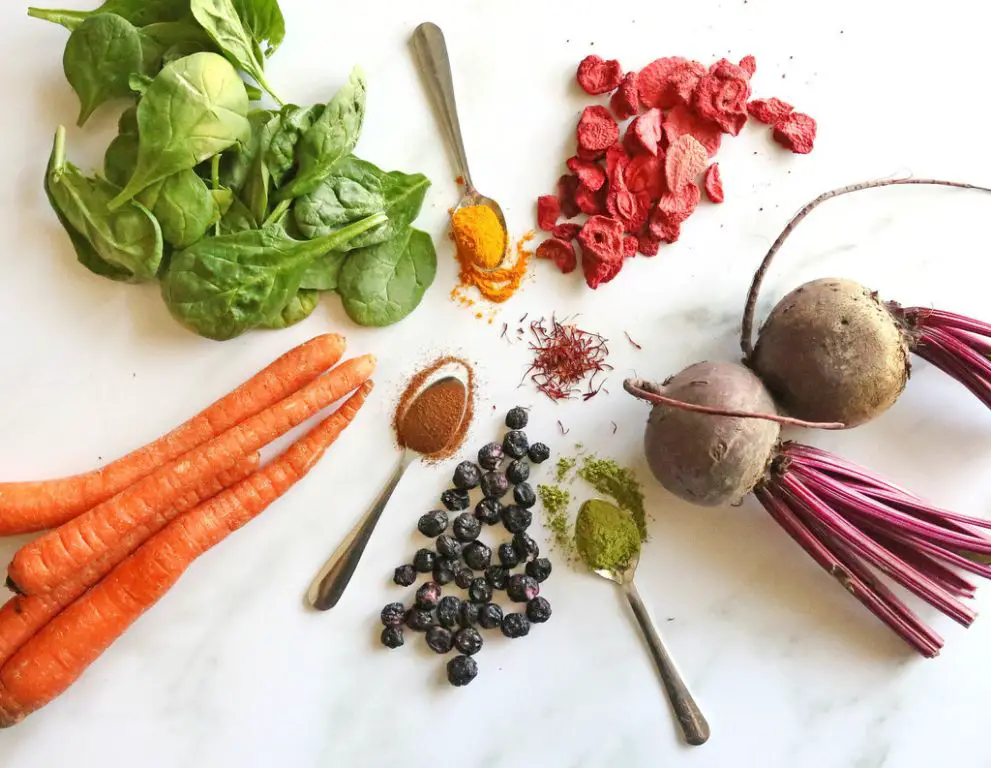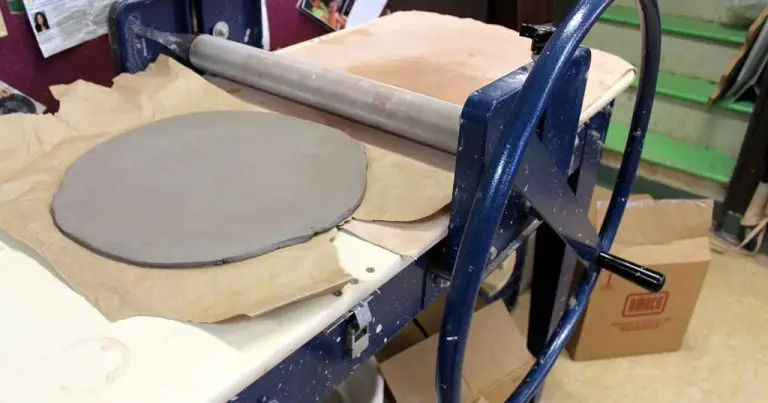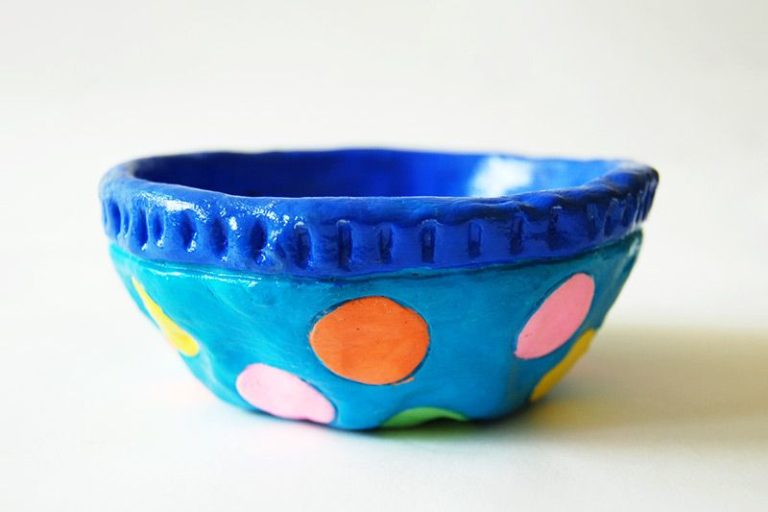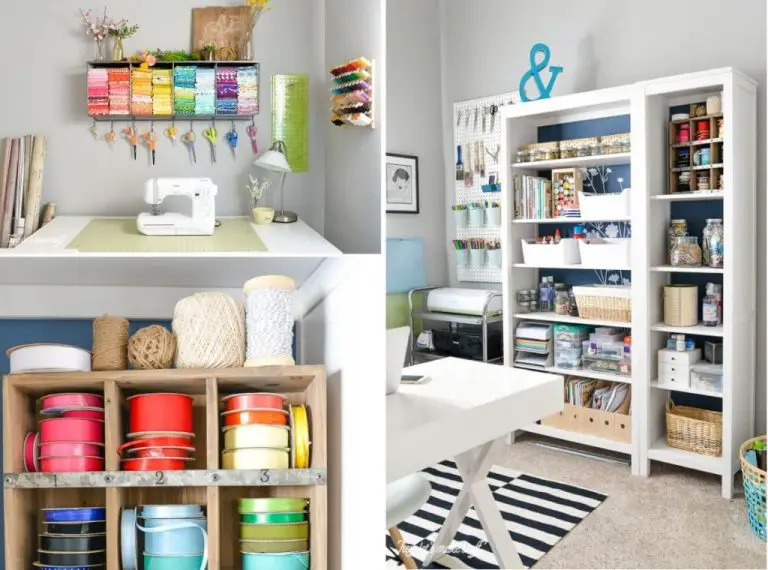How Do You Make Vintage Story Dough?
Vintage story dough is a key cooking ingredient in the sandbox survival game Vintage Story. It is made by combining flour and water, and can be used to create essential food items like bread and pie (https://wiki.vintagestory.at/index.php/Dough).
Dough has been an integral part of human cuisine for thousands of years, with the first evidence of leavened bread production dating back to ancient Egypt. In the world of Vintage Story, dough takes on an important role as a versatile base for baked goods that provide much more nourishment than consuming raw grains.
Making dough in Vintage Story requires just a few simple ingredients – typically flour milled from grains like wheat or barley, water, and sometimes salt. The flour and water are combined and kneaded to form the elastic dough. Once shaped, the dough can be baked into nutritious bread or pie crusts that provide improved food satisfaction over grains alone (https://wiki.vintagestory.at/index.php/Bread).
Ingredients
The main ingredients for making vintage story dough are flour, salt, water, and optional food coloring.
Flour forms the base of the dough. All-purpose flour or bread flour both work well. The flour gives the dough structure and texture. According to the Vintage Story wiki on dough, flour combined with water creates the basic dough mixture.
A small amount of salt is essential for enhancing the flavor. The salt helps control the fermentation rate and strengthens the gluten network. Recommended amounts of salt are 1-2% of the flour weight.
Water hydrates the flour and allows the ingredients to bind together to form a cohesive dough. The amount of water varies based on the type of flour and desired dough consistency. Typically 60-70% of the flour weight is added as water.
For colored dough, liquid or gel food coloring can be kneaded into the dough. Only a small amount is needed to create bright, vibrant colors. Food coloring allows for creative shapes, designs, and holiday-themed baked goods.

Supplies
To make vintage story dough, you will need some basic supplies like a mixing bowl, rolling pin, and cookie cutters. Here are the main items you’ll need:
Mixing bowl – You’ll need a large bowl to mix up the dough ingredients. A glass or ceramic mixing bowl works best. Make sure it’s big enough to stir all the ingredients together with room to knead the dough.[1]
Rolling pin – A wooden rolling pin is ideal for rolling out the dough nice and thin before cutting shapes with cookie cutters. Choose one at least 12 inches long. You’ll need a smooth, sturdy rolling pin to get the dough evenly flat.[2]
Cookie cutters – You can make fun shapes with vintage story dough using cookie cutters. Collect an assortment of cookie cutter shapes and sizes. Metal cutters with sharp edges work best for cleanly cutting the dough.[3]
Making the Dough
To make the vintage story dough, first combine the dry ingredients like flour, salt, and baking powder in a large bowl. Use about 2 cups of flour for a basic dough recipe. Then, make a well in the middle and pour in the wet ingredients like milk, water, eggs, butter, or oil. According to the Vintage Story cooking page, ingredients like lard or tallow can also be used.
Next, use a spoon or your hands to mix the wet and dry ingredients together. Knead the dough for 5-10 minutes either by hand or using a dough hook attachment on a mixer. This kneading develops the gluten and gives the dough a smooth, elastic texture. Add more flour as needed if the dough seems too sticky.
For coloring, natural options like turmeric, beet powder, or carrot juice can be kneaded into the dough. Get creative with different shades of natural dyes. The Bread page on the Vintage Story wiki gives some examples of color varieties. Work the coloring evenly throughout the dough while kneading.
Shaping and Decorating
Once the dough is made, the fun part begins – shaping and decorating the dough into fun creations! There are several techniques for shaping vintage story dough:
Rolling out the dough is key. Lightly flour your work surface and rolling pin to prevent sticking. Roll the dough to your desired thickness, starting from the center and rolling outwards. Go slowly and evenly to prevent tearing.1
Cookie cutters make shaping dough easy. Press your desired cookie cutter shapes firmly into the rolled out dough to cut out shapes. Reroll scraps to use all the dough.2
Add details and texture by pressing toothpicks or skewers gently into the shaped dough. Try making lines, dots, or pressing along the edges. Get creative with different patterns.3
Let your imagination run wild when decorating. Add sprinkles, herbs, nuts or seeds on top of shaped doughs for interest. Brush with egg wash before baking for sheen.
Baking
Preheat the clay oven to around 300 degrees Fahrenheit. The ideal baking temperature for Vintage Story story doughs is 300-350 degrees. Bake the shaped story dough pieces for 15-20 minutes until lightly golden brown on the top and bottom.
Allow the baked story dough pieces to cool completely on a wire rack before decorating or eating. This is an important step, as handling hot baked goods can cause them to break or lose their shape. Fully cooled story dough will have a firm yet soft texture perfect for crafting.
According to the Vintage Story wiki on Bread, baking story dough in a clay oven gives a unique “old-fashioned bakery flavor.” Proper baking time and temperature prevents the dough from drying out while achieving an appetizing fresh-baked taste and aroma.
Craft Ideas
Vintage story dough is very versatile and can be used to make a variety of crafts and ornaments. Here are some ideas:
Ornaments
The dough can be shaped into different holiday themed ornaments like stars, snowflakes, trees, Santas, etc. Let the ornaments air dry completely before decorating with acrylic paints, glitter, sequins or other embellishments. Add a ribbon loop at the top before baking to hang on the tree. Refer to this guide for tips on making ornaments: [1]
Magnets
Roll pieces of dough flat and cut into fun shapes using cookie cutters. Insert a magnet on the back before baking to create customized fridge or locker magnets. Decorate with pens, glitter glue, or acrylic paints before or after baking.
Jewelry
Make earrings, necklaces or bracelets by rolling thin snakes of dough, cutting into beads, allowing to dry and then baking. Paint or gloss the beads before assembling jewelry components. Charm dangles can also be created by cutting dough into shapes with a template.
Decorations
Let your creativity run wild by making small decorative items like photo frames, boxes, candles, mini figurines, wreaths etc. Cut dough into shapes using cookie cutters, let dry completely before baking, paint and assemble. The lightweight, non-toxic dough is safe for kids and easy to work with.
[1] https://www.vintagestory.at/forums/topic/3783-expanded-foods-168/
Tips and Tricks
When making vintage story dough, here are some useful tips and tricks to know:
Storing Dough
After making the dough, you can store it for later use. Wrap the dough tightly in cloth or place it in a sealed ceramic container. Stored properly, the dough will keep for 1-2 days before going bad (Source). Keep the dough somewhere cool to extend its shelf life. You can also freeze the dough if you need it to last longer.
Troubleshooting Issues
If your dough is too dry and crumbly, try adding a bit more water until it comes together. If the dough is too sticky, sprinkle in some additional flour. Make sure to thoroughly knead the dough for at least 5 minutes to develop the gluten. This helps create a smooth, elastic dough that is easy to shape (Source).
Variations
For different flavors, you can add herbs, honey, fruits or nuts to the basic dough recipe. Get creative with fillings like jam, chocolate or cheese. The dough can be shaped into various forms like crackers, cookies, bread, pies and more. Adjust baking times as needed for thicker or larger items (Source).
Safety
When making vintage story dough, it’s important to keep safety in mind, especially when children are involved. According to the Vintage Story wiki on food preservation, it’s best to supervise children closely.
Make sure kids wash their hands thoroughly before and after working with the dough. Don’t allow them to eat raw dough, which could contain harmful bacteria like salmonella or E. coli. Cookies made with raw dough should be baked before eating.
Avoid cross-contamination when working with raw dough. Use separate cutting boards, utensils and surfaces for dough and ready-to-eat foods. Wash hands, surfaces, bowls and tools thoroughly after working with raw dough. Refrigerate dough promptly since bacteria spreads fastest at room temperature.
Take care when using oven or cooktop. Follow all manufacturer safety guidelines. Do not leave baking projects unattended since it’s easy to burn yourself on a hot oven or pan. Allow baked goods to cool before decorating or eating to prevent accidental burns.
Conclusion
In conclusion, vintage story dough is a fun and creative dough that can be used to make a variety of baked goods, crafts, and more. It is made from simple ingredients like flour, water, salt, and yeast or sourdough starter. After mixing the ingredients and kneading the dough, it can be shaped into different forms and decorated before baking. Vintage story dough requires patience but is rewarding for those looking to get in touch with older baking methods and homemade recipes. Additional resources for recipes, tips, and project ideas using vintage story dough can be found on forums like VintageStory.at and various cooking blogs.





